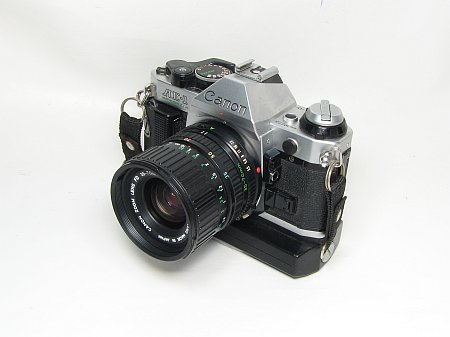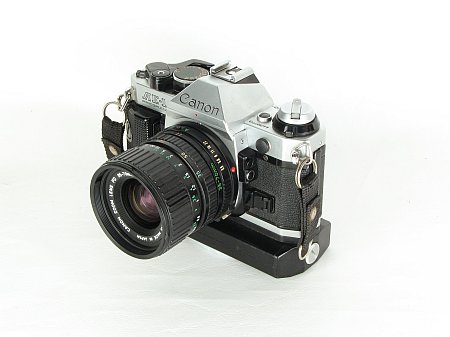Basic Macro Photography
Building a Mini-Studio
|
If you want to take photos of slightly larger objects (larger than you've seen on most of the site), you'll need to construct a mini-studio. This can be done very easily. The cost will depend on what you want to photograph and your choices for equipment (new/used flash units, good/better slave triggers...). The next two photos show the difference between using only the on-board with a flash diffuser and using auxiliary flash units. On the right, there are virtually no shadows and the camera is more evenly lit. The left image isn't too bad and would be good enough for most people.
Note: Both of the images above were taken in the same basic environment (below). It's simply a white vinyl surface that sweeps up. I used two slaves firing at ~45° angles into the stage. In general, the color of the individual flash units will be close. If you're using different diffusers for each unit, there could be a problem balancing the color (white balance). Initially, I had a different diffuser on one flash and it was a bit warmer (more red) than the other. Changing the diffuser solved the problem. For photos of the flash units and diffusers, click here.
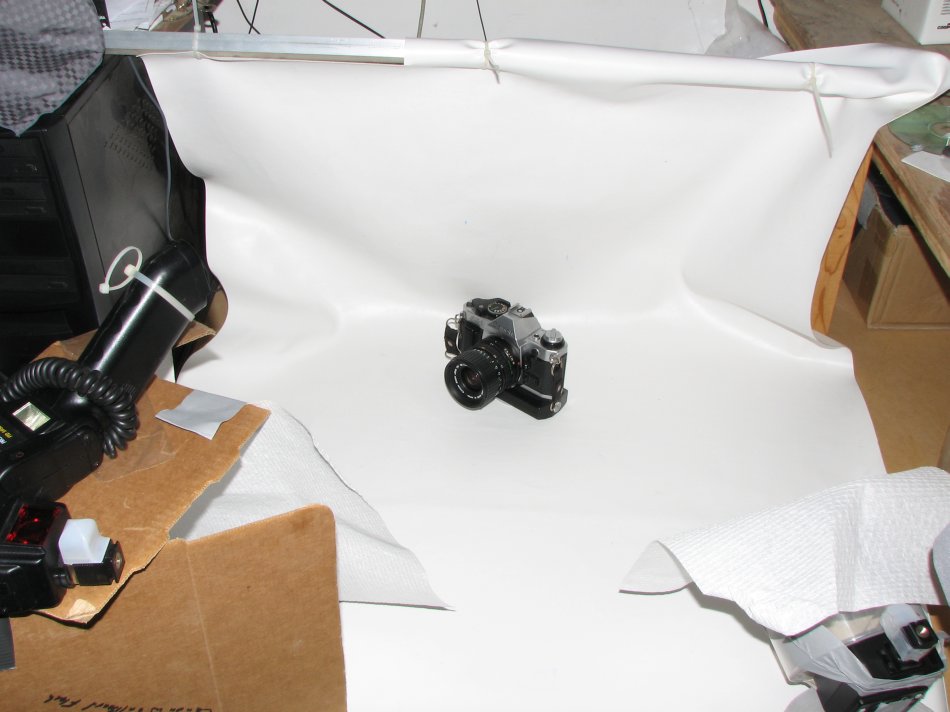 This basic design can be scaled up for larger objects. Larger objects will require more light and therefore larger flash units but the basic principles apply. I generally use this setup for photographing circuit boards. These can be tough to photograph. This makes it easier. The next few photos are samples.
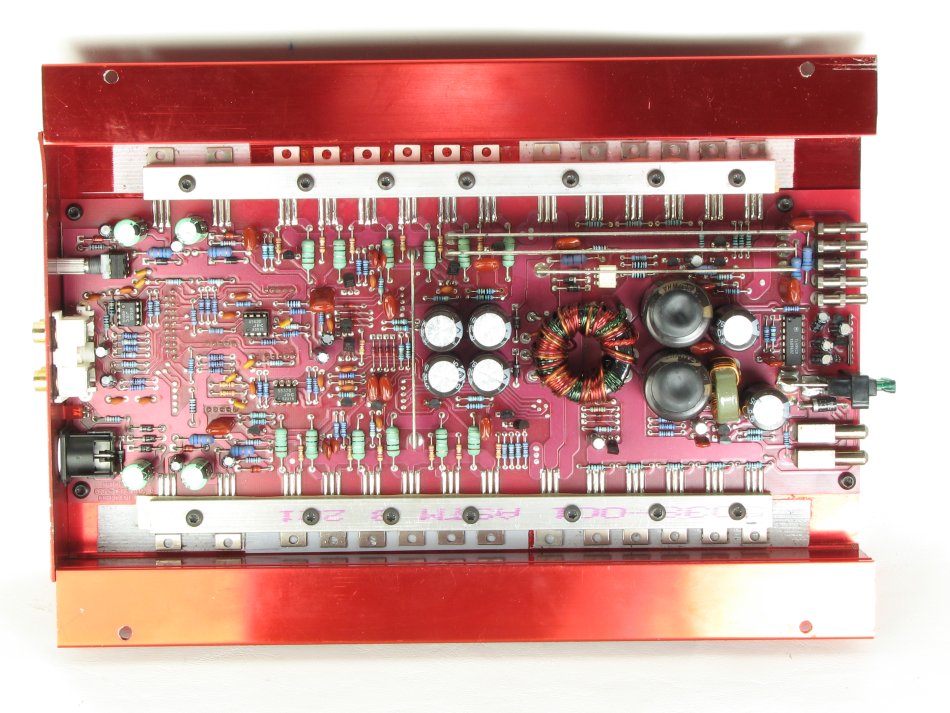
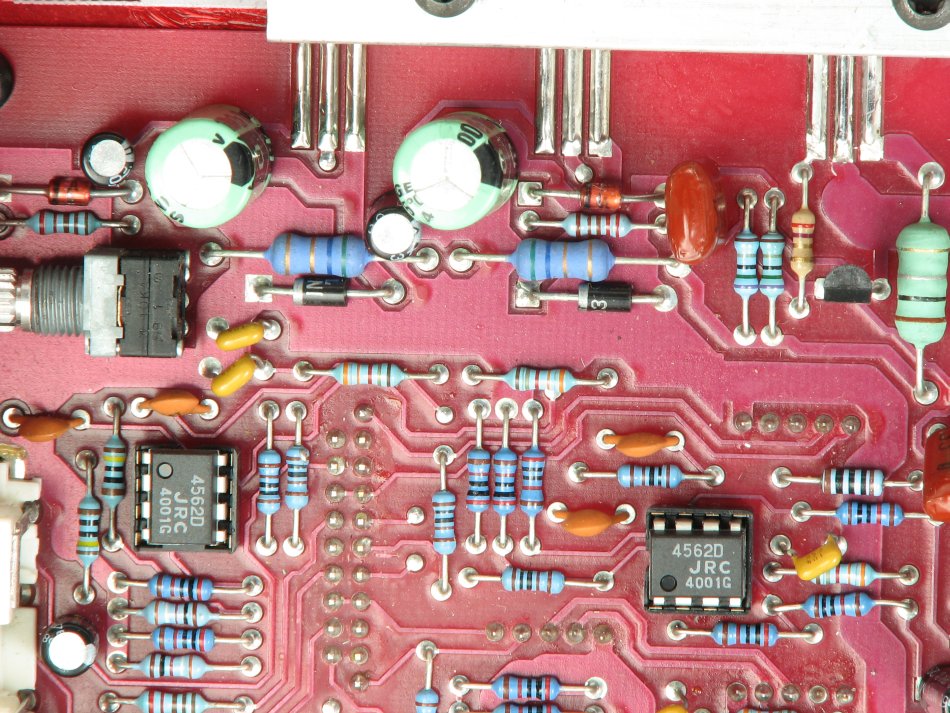
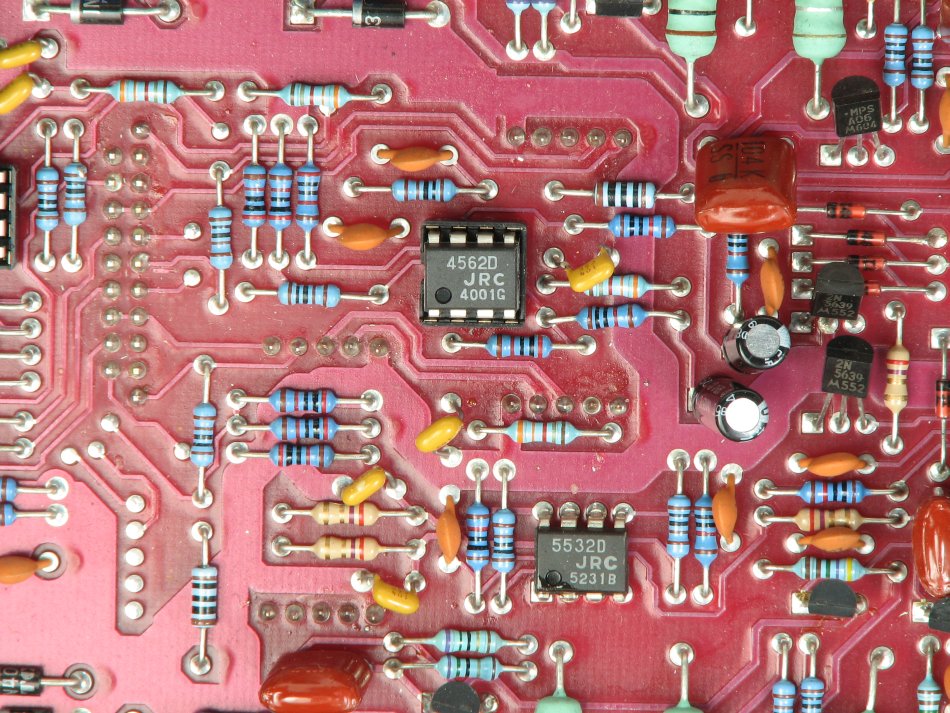
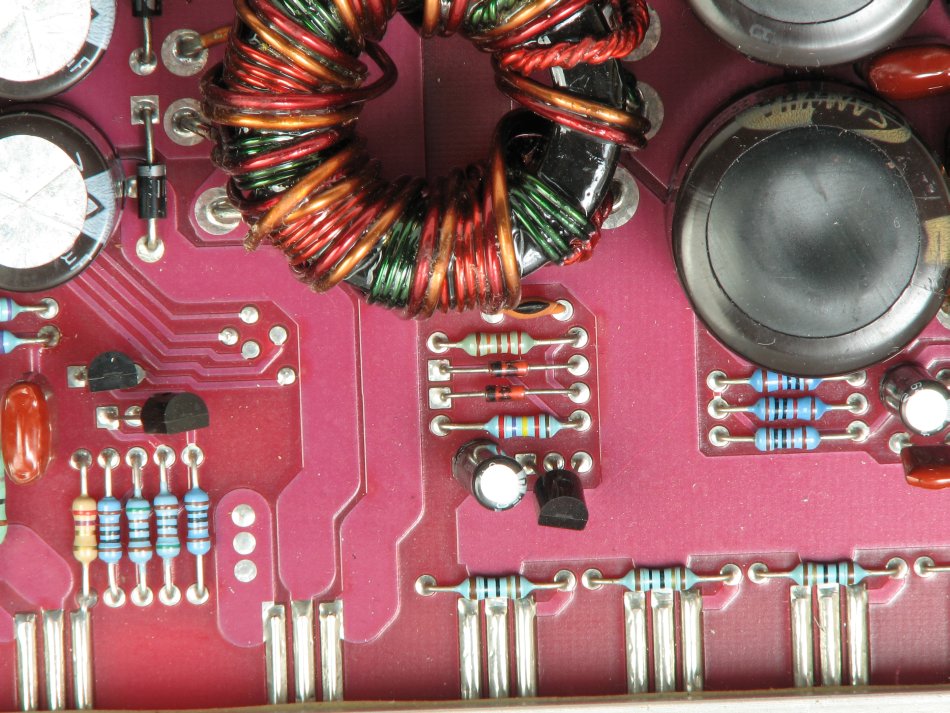
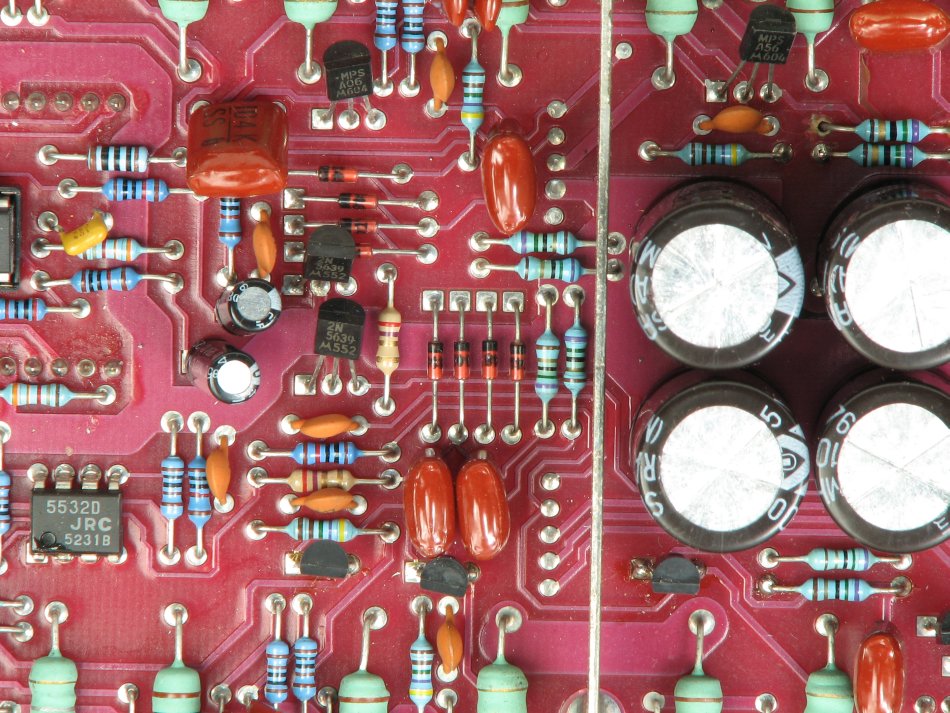 This is a 100% crop (full size) of a portion of the previous image.
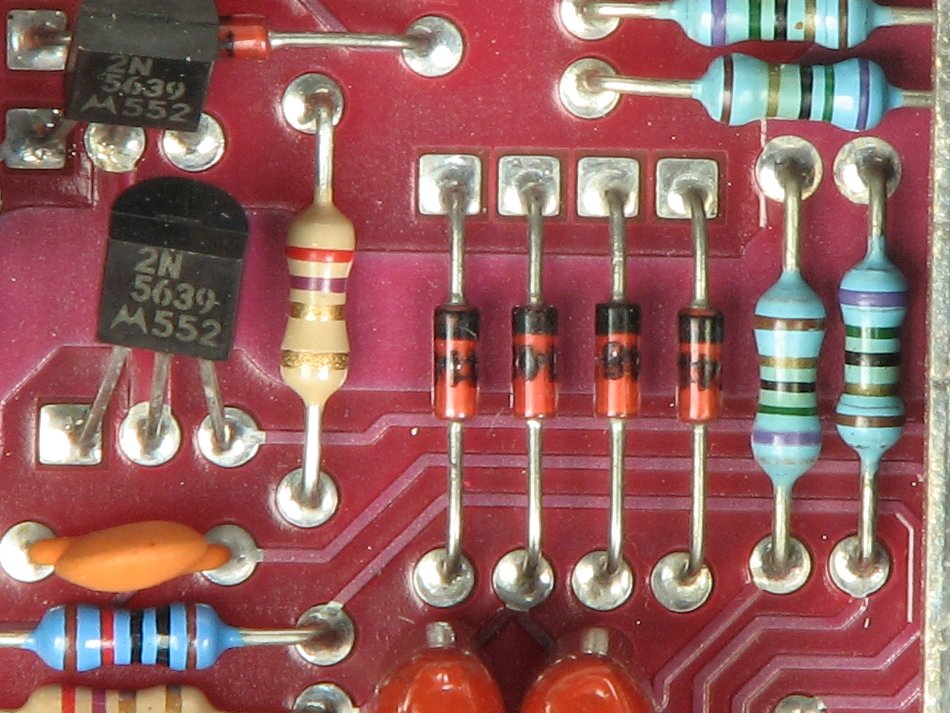 |
Notes:
|
